The access to the Apple TV+ The New Look of The New Look, which can be translated both as a "New Image" and as a "New Look", attracted attention to the history of two legends of French High Fashion - Coco Chanel and Christian Dior - in the Occupied Nazi France during the Second World War.
But how much does the film meet the historical truth?
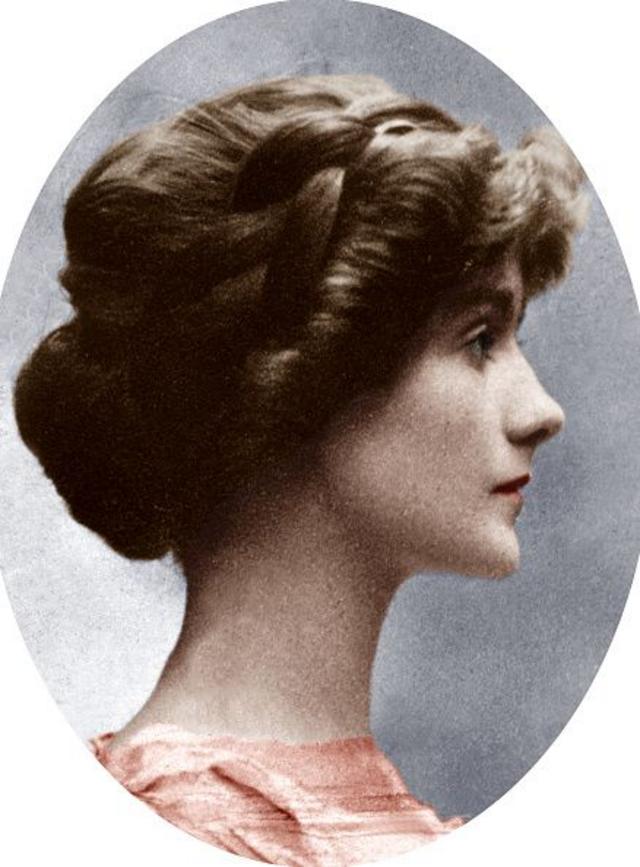
Photo author, Getty Images Signature to Photo, Coco Chanel in 1914. Her real name at birth Gabriel Schasnell
Coco Chanel's imagination was boundless. In the 1910s, she created simple knitwear clothes, freeing women from corsets, and later presented the legendary "little black dress" and Chanel No 5 perfumes to the world.
She was also a master of self -realization and abandoned the influence of poor childhood. The mother died, and her father left her, so the girl got to educate the nuns.
After successful to avoid inconvenience, she even paid her two brothers for silence about her origin.
The pragmatic person who had to fight for survival, is accustomed to telling herself fairy tales.
But one fact of her life is not simple - she cooperated with the Nazis. She could also help the French resistance movement. And in this, a woman who, above all, wanted to control her image and inheritance, left a real confusion.
Two truths
In the series, all words matter. But the words of Dior (performed by Ben Mendelson) deserve special attention, when in 1955, at the zenith of his glory in the fashion world, he answered the questions of the Sorbonne Student.
He wondered what he could develop dresses for wives and mistresses of the Nazis during the occupation of Paris, while Chanel (performed by Juliet Binos) closed his branded store.
"It is true," replies. "But there is always another truth behind it."
The film that has been carrying us since 1955 in the war years is an artistic fiction, though inspired by history. However, it very accurately points to the truth about two different attitudes to the war.
The truth of Dior is simpler. He is consistently devoted to France. He continues to sew Nazi clothes to survive and earn money that his sister Catherine's heroic efforts in the resistance movement.
Eventually it is arrested, tortured and put into a concentration camp. And this little -known story about Dior's sister's fate is one of the greatest dramatic moments and discoveries of the series.
The truth of Chanel is not so unambiguous-it has many details that can be interpreted differently. It is well known that she had a long connection with the Nazi agent Hans Gunter von Dinclag, known as the spatz - "sparrow" (performed by the Banga class). The connection with him, as well as by other Nazis, allowed Chanel to release from the camp of his beloved Andre, a soldier of the French army.
There is also no doubt that she participated in the operation of Modelhut - a "fashionable hat". According to the stunning scheme of the Nazi General Shakhrai Chanel, she had to go to neutral Spain to hand over to her old friend Winston Churchill proposals to end the war and peace bypassing Hitler.
Her code name was Westminster-in memory of connections in Britain and another long-term love connection-with Hugh Richard Arthur Grovenoir, Duke of Westminster, which began in the 1920s.
She also unsuccessfully - tried to use the Nazi laws of Aryan Highness, which forbade Jews to have a business in order to deprive Jewish companions of control over their perfume company.
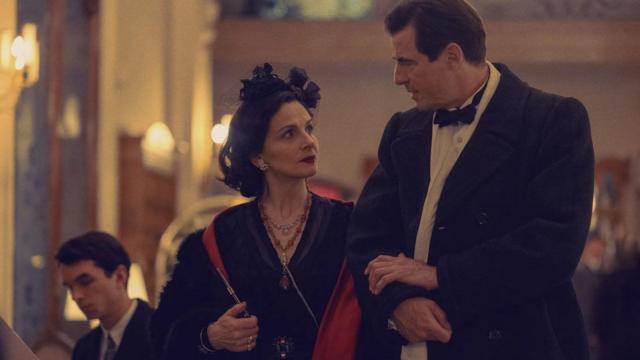
Photo author, Apple TV+ Signature to Photo, Chanel (Juliet Binhosh) and Hans Gunter von Dinclag, Nazi agent (Bang class)
Some biographers and historians have confirmed this, including Hello War in a brilliant book published in 2011, "In bed with the enemy: Coco Chanel's secret war."
Randa Garletik, one of Chanel's most important and most pervasive biographers, in his book Mademoiselle: Coco Chanel and Pulse of History (2014) concludes that she apparently believed in Nazism, except that he was guided by benefits, her own interests and anti -Semitism.
"Patriotism always meant less to her than power," Garletik writes. "She (Chanel) has never recognized the consequences of the use of the disgusting Aryan laws of the Nazis against her own business partners."
But as BBC Culture told Justin Picardi, the author of "Coco Chanel: Legend and Life" and "Miss Dior", dedicated to Catherine Dior, "saying that Chanel was Nazi is too simple."
In the view of Picardi, Chanel was too an English -file and was too fond of freedom to greet Nazism unconditionally, although she readily used Nazi ties. And the operation of the "fashionable hat" does not really determine who the Chanel was, despite all his intrigue.
Complex heritage
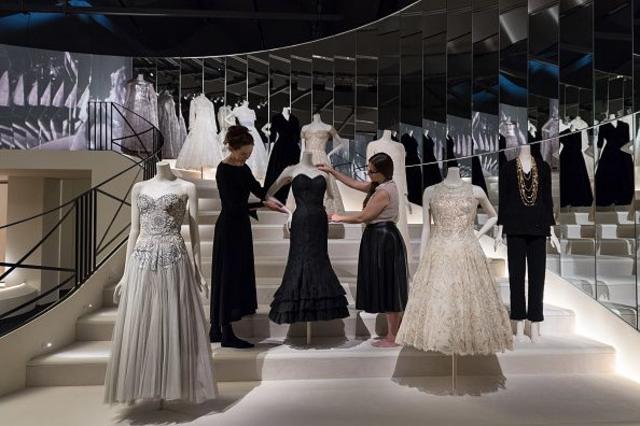
Photo author, Getty Images signature to photo, at the exhibition in the Victoria and Albert Museum in London, the testimony of Nazi links Chanel is presented next to evidence of her involvement in French resistance
The authors of The New Look propose to look at Chanel's collaboration with the Nazis from a different angle - they say, in addition to the obvious use of Aryan Highness Laws, this cooperation was mostly through force (in the end, Chanel is the main character of the film, and they are sharply hard -working).
In the series, we first see it in 1943, when she - confused and frantic - in the middle of the night comes to a concentration camp to liberate her sky Andre.
The movie for this liberation Chanel turns to his friend and Nazi collaborator Baron Louis de Warl, without thinking about the consequences. But the Baron insists that she turns to the spatula, otherwise he will be in danger.
Thus begins the connection of Chanel and Spath. This connection is not only quite voluntary - Chanel is stunning, strangely naive about his intentions. And very soon it is in a dead end, when it is forced to take part in the operation "Fashionable Hat".
In real life, Chanel's relationship with Spatz began much earlier, in 1941, as a well -counted and obvious plan to extract a nephew from imprisonment.
As Picardi writes, "I think she would do anything to save him. It was then that her novel (with a spatula) begins." But it took a year and a half to work all the necessary connections in the Nazi world to be at large.
Most Chanel's biographers agree that his release was the primary motive of her collaboration with the Nazis. But over time, as Garletik writes, "Chanel went much further in her business with the Nazis than family considerations."
"The goal was to reproduce the character of Coco Chanel as accurately," said BBC Culture directed by Todd Kessler. But at the same time, to give the audience the opportunity to change their mind about it according to her actions.
Gray zone of heavy solutions
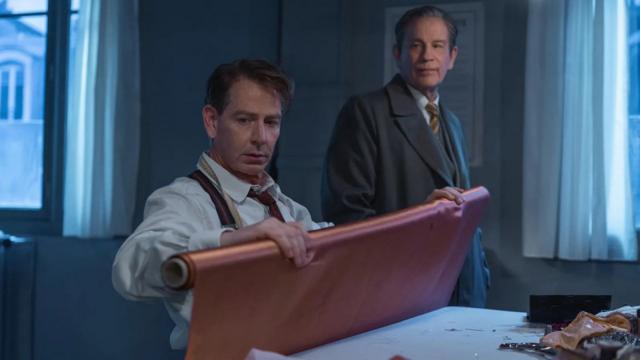
Photo author, Apple TV+ Signature to Photo, Ben Mendelson plays the role of eternal competitor Chanel - fashion designer Christian Diora
"It is not very inspiring to portray heroes or thieves. It is more interesting to explore the gray zone, because this is what brings me closer to understanding the characters of people and decisions they make," says Todd Kessler.
Both he and Picardi emphasize the importance that these decisions should be judged in view of the horrible circumstances of the time. Kessler notes that after two years of Nazi occupation, no one imagined that she would last four years. Because she could always last.
"All the heroes are forced to make a decision on how to survive or survive tomorrow," says movie director. "The fear and horror that Coco Chanel and others in that day can add compassion to their decisions and actions every day."
The thoughts of those who have already looked at the series were split. He is most criticized for a very soft story about Chanel's cooperation with the Nazis. As the Guardian wrote, "the Holocaust was largely thrown away for the story of competition through tulle." This is a radio like me, although the movie is surprisingly dedicated to fashion as such.
Roger.ebert.com calls the movie "A flat approach to Chanel", in which "the authors seem to have done everything possible to diminish or hide" the truth about the Nazi connections of Coco.
If she helped French resistance, it was something less personal than cooperation with the Germans. Picardi claims that the Chanel's house was a transmitter who was used by the members of the resistance movement, and that Jews who tried to leave France were hiding in the same house.
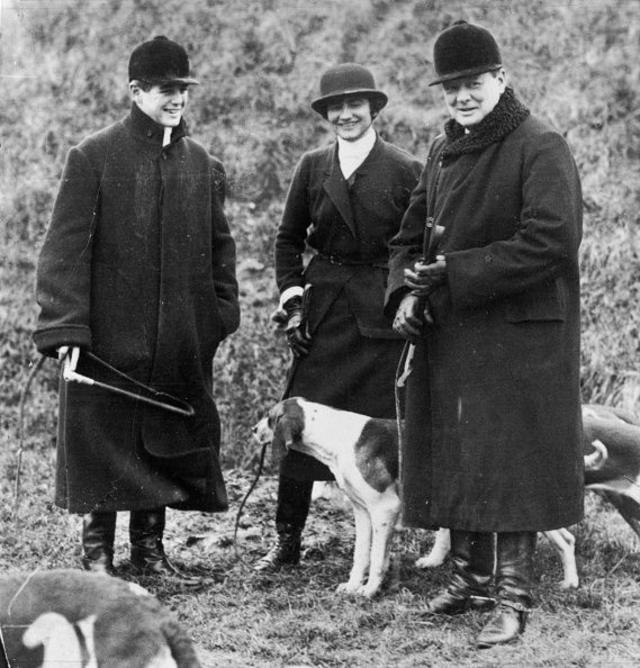
Photo author, Getty Images signature to the photo, could the pre -war friendship with Churchill be saved by Chanel after the war?
Recently, the French archives have published documents confirming that Chanel was involved in resistance. But there are also historians who treat it quite skeptical.
According to Guardian Oriol Kullen, curator of Gabriel Chanel: Museum Manifesto in Victoria and Albert, "new evidence does not justify it, they only make the picture more difficult." At this exhibition, the testimony of Chanel belonging to the resistance is presented next to the evidence of cooperation with the Nazis.
In the series, the theme of the possible cooperation of Chanel with the resistance movement was bypassed, because, as directed by Todd Kessler, he wanted to have at least two reliable sources about facts about the life of a legendary fashion designer. And such evidence of resistance was not "once after".
In reality, shortly after Paris, Chanel was questioned about her tie with the Nazis, but was released just a few hours after detention. At the same time, the vast majority of historians consider (despite the fact that there are no evidence of this) that it is involved in this close friendship with Churchill - for his direct intervention or without it.
After that, in order to avoid persecution, Chanel went to Switzerland, where she lived in the next 10 years. Her connection with the spatula lasted several years after the end of the war, and her activities during the war had never had any official consequences.
Genius and theft - two things are incompatible?
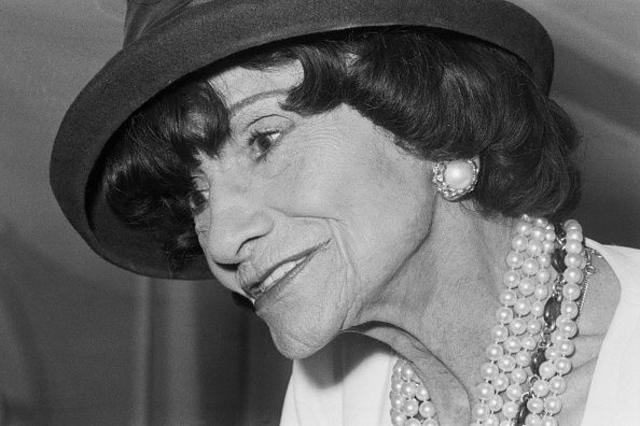
Photo author, Getty Images
Chanel's cooperation with the Nazis could tarnish her inheritance, but she remains, probably, the most influential designer of the twentieth century. But the dark truth about prominent creative figures can never remain in the past.
For example, Kevin McDonald's new documentary High and Low about another world -renowned designer John Halliano contains a lot of echoes of Chanel's fate.
Galiano began as a creative director of the House of Dior, and lost his job in 2011 after publishing a video on which he drinks an anti -Semitic swearing. However, after the repentance of John Galliano managed to return triumphly. His last collection for the fashion house Margella caused enthusiastic reviews.
In the documentary, Robin Givan, the Pulitzer Laureate and Washington Post on Fashion and Culture, says about Galiano that even when you are sure that such people deserve a second chance, "deeply in mind you still remember all of them." Something like this can be said about Chanel:
"It is quite possible - to keep two opposite thoughts at the same time."


